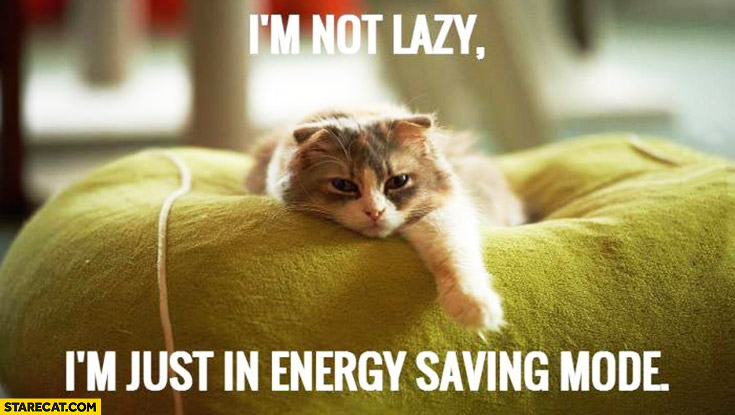I’m off to chat to the good folk in the campaigns team at Battersea Dogs and Cats Home later today about how to keep the energy going in your campaign. It’s been a really fun question to be thinking about – not least because I can use a cute cat picture to illustrate this blog.
But as I’ve been preparing I’ve been struck that we often spend so much time and effort on planning the launch phase of our campaigns but don’t think about how to sustain the energy and momentum that we need to secure change.
As, George Lakey, said in his London lecture earlier this week, “a campaign, in contrast to a protest, is going at it over and over again, and escalating at the point of vulnerability of your target until you succeed”.
So here are 9 thoughts about sustaining the energy in your campaign;
- Think about the moments that people care about not moments you care about – too often we focus our campaigning around pushes that fit our policy calendars. There can be a rationale to that, but why not look at alternative moments that might help to get your campaign noticed in an a different light.
- Mind the moment gap – thinking about moments means that we can get caught forgetting what’s going to happen in the gaps. It’s hard to sustain the same level of output for a long period of time, but planning ahead and thinking about how well placed media work, a opinion poll or another approach.
- Ask what’s working/what’s needed – if you have allies inside your target, why not ask them what’s working or not working. What tactic could help to make the biggest different at that moment. They might make suggestions that you’ve not thought about or how to open up a new flank in your campaign.
- Share, and re-share, great content – shareable content is king, but too often we produce it without thinking about audience insight, or rush to move onto the next great idea without pushing it out enough. In a time when we’re bombarding by so much content, repackaging and reusing content is too often overlooked. The same goes for message discipline, I’m struck by how much time Shelter put into repackaging the same message in their housing campaigns.
- Never let a good crisis go to waste – it can be easy to see crisis as moments that you can’t plan for, but I’m not sure that’s true. Most crisis can be anticipated even if the exact timing can’t be pinned down. They’re great opportunities to reach new audiences or create a renewed push behind your policy ask. I thought Which? did this brilliantly around the RyanAir flight cancellations recently – they presumably know that a crisis was going to occur and had the content ready for it. What’s the equivalent for your campaign issue?
- Explore allies and alliances – bring in new people to your issue by thinking about how you can take it too new audiences. Too many campaigns try to focus on energising the same group of people to get involved over and over again, but those that are able to reach out to new groups can immediately bring in new energy.
- Claim it – Campaigns with big ambitions can sometimes lose energy and momentum, but like your teacher would have advised you when planning your revision timetable, it’s easier to eat a chocolate elephant a little at a time.
Breaking down your campaign and building in winnable milestones can really help. We’re running a campaign on the conflict in Yemen at work at the moment. It’s a big problem to solve but by focusing our campaigning on milestones, like getting the UN to list the Saudi led coalition in a key report, has helped to provide milestone win to keep supporters feeling like the actions they are taking are making a difference. - Give it away – provide campaigners with the tools and content to make their own and get out into their communities – it’s a key approach that many distributed campaigns take, allowing the energy and ideas of those closest to a community to engage in a campaign.
- Abeyance – while many campaigns are right to keep going, sometime a period of abeyance can be the best approach, a period when a campaign isn’t in public view. We perhaps sometimes forget that it took over 100 years for the campaign to end the Slave Trade to be successful.
What other ideas and lessons do you have about how campaigns can sustain the energy needed to win?
